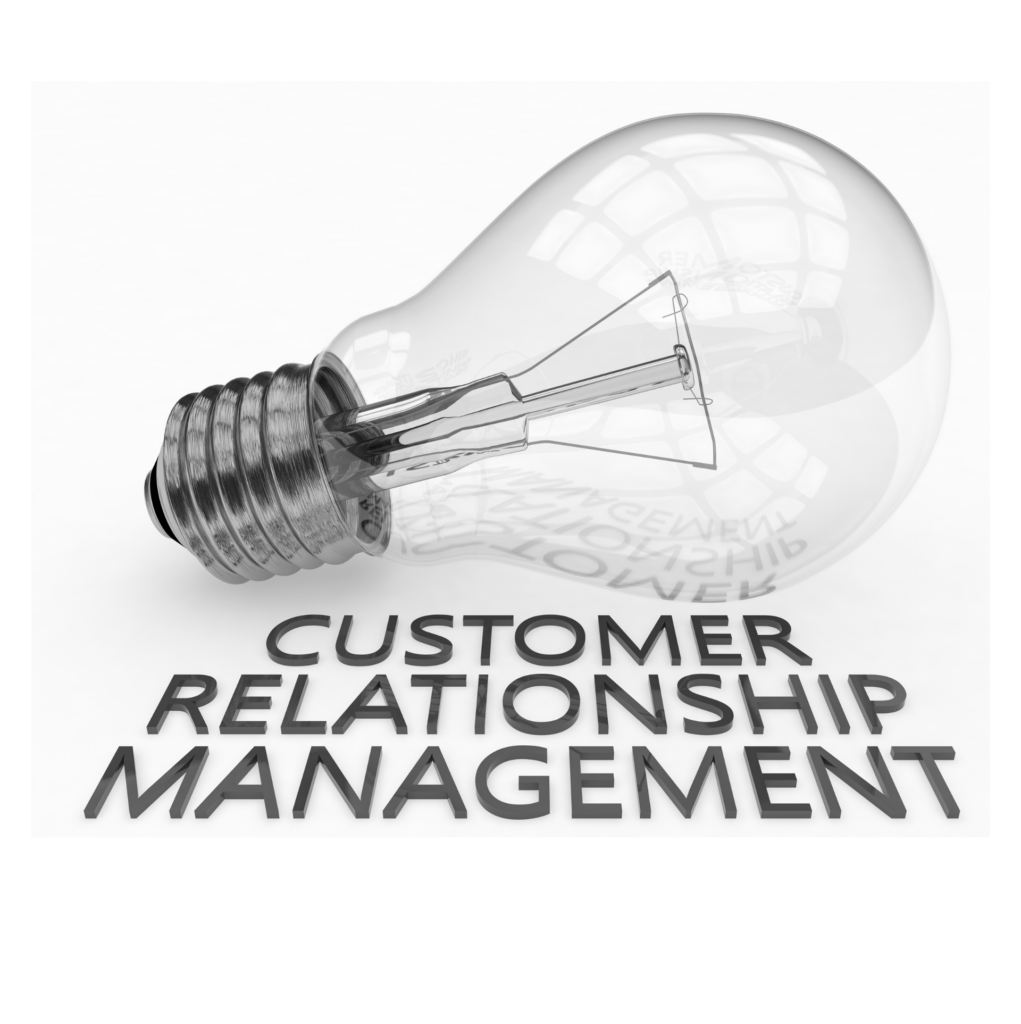Most of us understand the key to business growth and success is developing excellent customer relationships that lead to long-term client retention. But where does this burden fall? Sales? Marketing?
The simple answer is everyone. Companies make mistakes in only developing a relationship during the transaction. But with digital tools like CRMs, content management systems (CMS), and demand experience platforms (DXP) becoming easily accessible, it is pretty clear this landscape has changed. These important relationships begin before the initial purchase and can be fruitful as a source of referrals long after their initial transaction.
This article dives into the benefits of establishing a customer relationship management process and how to implement one within your organization.
Importance of Customer Relationship Management
Customer relationship management (CRM) is a process for managing all your company’s relationships and interactions with current and potential customers. By increasing this bond or connection with your customers, you decrease the amount of work it will take to make a purchase.
By implementing a solid CRM process, you build brand loyalty with your audience. This strong association users have with your company has many advantages, such as being top of mind when faced with a related problem. This scenario exemplifies the importance of social media and how your audience views your brand.
Recent studies have shown that a prospect needs to see or hear the advertiser’s message at least seven times before they will take action to buy a product or service. Therefore, consistency is key to refining campaign strategies around vibrant images and product videos that are memorable and initiate buzz.
Finally, the better your relationships are, the more comfortable customers will be when addressing an issue with one of your products or services. Do not underestimate the power of a good review. When you engage with your customers, even if you are troubleshooting problems, this valuable time can set them at ease and provide the potential for you to improve your merchandise.
Principles of Good Customer Relationships
Each time a potential customer interacts with your business, whether on your website, social media, email campaigns, or newsletters, their experience must be consistently enjoyable. In providing a service such as real-time customer support, you begin building a mutually beneficial relationship. You learn something about the customer, and they discover a new product or offering within your company.
Here is a short list of things to consider when fostering these relationships.
-
- A customer’s need for a positive experience far outweighs the goods and services you offer.
- Get inside their head and convey that you understand their pain points while being able to offer appropriate solutions.
- Personalize your communication by customizing your omnichannel messages about the different products you offer.
- Share knowledge in an email, newsletter, or blog article, and keep your audience updated on the latest research and industry trends.
- Exceed expectations by building rapport and always going above and beyond in all areas of your organization.
- Listen and learn what your customers value the most.
Using these principles throughout your organization will keep your sales pipeline full of new leads and referrals. Building a solid relationship with your clients earns their trust that you will eventually save them time and money in the long run.
Customer Retention
Customer retention is the ability to retain customers over time. This concept is a percentage of how many customers are retained and focuses on the long-term strategy of good relationship management practices.
The best consumers don’t just buy one product or use your service once. The average repeat customer spends 67% more in the 31st-36th months of their relationship with a business than in months 0-6. Therefore, customer relationship management is a slow, consistent process that needs to be encouraged and nurtured.
Not only do repeat customers come back again and again, but they also refer more people and bring in new business. Ask for regular feedback from the entire customer team. Once buyers develop a sense of trust, the word will spread.
Implement the Right Tools
CRM tools are the most extensive and fastest-growing enterprise application software category. Around 65% of businesses adopt these customer platforms within the first five years. Proving there is a clear need for companies to work with large volumes of customer data all in one place.
These software tools allow you to see the entire customer journey in a way that has never been possible in the past. Choosing the correct software for your business centers around your goals, how you implement your customer experience, individual processes, and reporting capabilities.
Over the past 5-10 years, customer relationship management has become a vital part of sales and marketing initiatives to develop engaging customer experiences. Receiving consistent, up-to-date, reliable information is critical for optimizing your systems, processes, and understanding of your customers.
If you’re looking for more helpful tips, the FINSYNC blog is a great resource to learn more about industry trends and other tools to help your business succeed.
